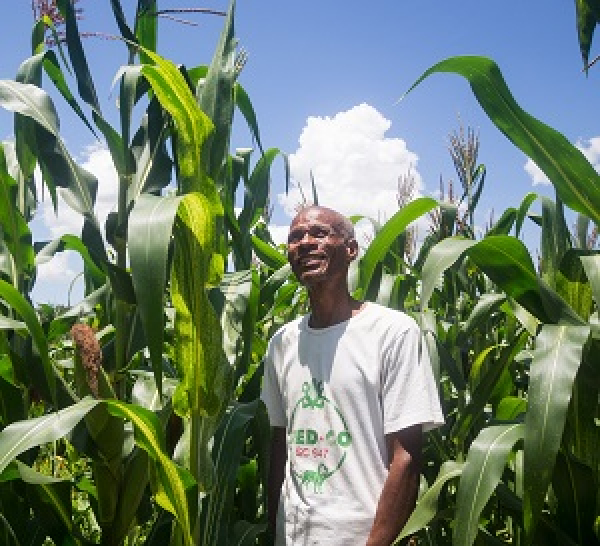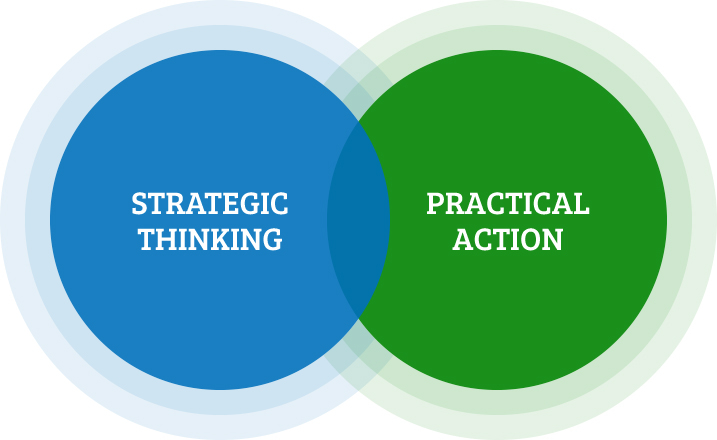News
Climate-smart agriculture makes economic sense

We are proud to be part of the international community working to confront climate change while at the same time helping to improve the livelihoods of farmers around the world.
Right: Zambian dairy farmer Gilbert Mweemba inspects his sunflower crop.
We believe that ‘climate-smart agriculture’ is simply good agriculture.
Being carbon efficient with on-farm resources, and reducing impacts on farmland and surrounding environments, is not only good for the planet, but also results in better farm business efficiency.
New Zealand currently works with livestock farmers through agricultural support programmes across Asia, Latin America, Africa and the Pacific.
These programmes, funded by the country’s Ministry of Foreign Affairs and Trade (MFAT) under the New Zealand Aid Programme, have proven that increasing productivity of animals is a great way to reduce Greenhouse Gas (GHG) emissions produced per unit of milk and meat.
Prime was happy to produce a video for MFAT exploring this concept further for ‘COP24’ – the United Nations Climate Change Conference – which aired at the fortnight-long event held in Poland last year.
The video highlights Prime's work in Fiji and Zambia, and that of our peers in Myanmar, Indonesia and Colombia, in lifting on-farm productivity and lowering costs by promoting pasture-based livestock systems and better animal husbandry practices.
These improvements were achieved through various means, from switching to high quality forages and legumes in place of rice straw for dairy animals in Myanmar to increasing pasture digestibility in other locations.
According to AgResearch, diary farms New Zealand has worked with in Myanmar, Zambia, Colombia and Fiji have experienced a reduction in GHG emissions per litre of milk of 12-28%.
One of the key messages from our Zambia Dairy Transformation Programme (ZDTP), which is now in its third year, is to feed strategically according to an animal’s stage of production and availability of local reed resources.
The programme has introduced feed sources that optimise nutrition and are suited to the local climate and conditions (i.e. fresh/conserved pasture and fodder crops rather than concentrate grains).
As well as making economic sense, these alternative feed sources allow farmers to conserve fodder for the dry season, with a particular focus on silage production.
In Fiji, where we are leading the Fiji Dairy Industry Development Initiative (FDIDI), gains have been made through better animal husbandry practices increasing calving rates and lowering animal replacement rates, along with better pasture digestibility.
As mentioned earlier, the best part about climate-smart agriculture is that it makes economic sense too.
If farmers can achieve greater outputs with less inputs (i.e. replacing expensive grain based feeds and other supplements with natural, locally-grown alternatives), it puts more money in their pockets and is better for the land that sustains them.



